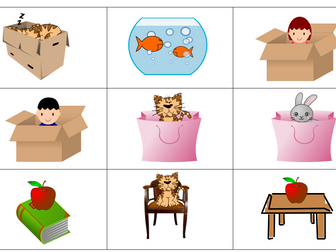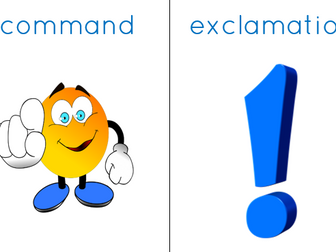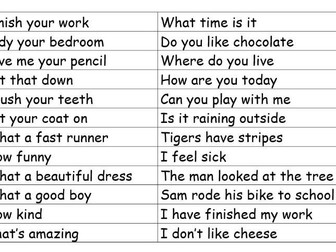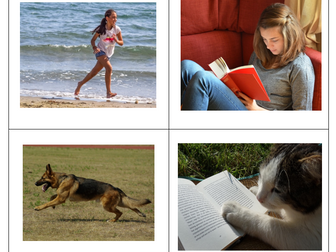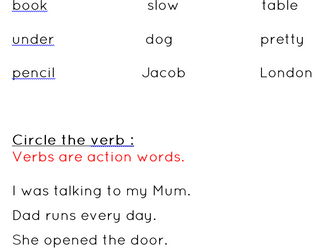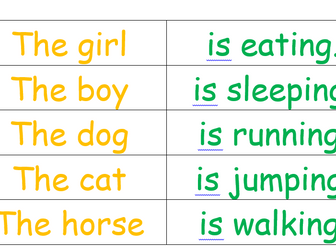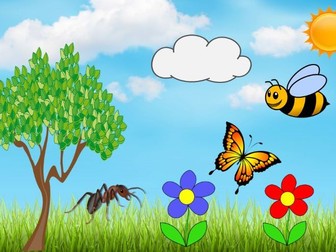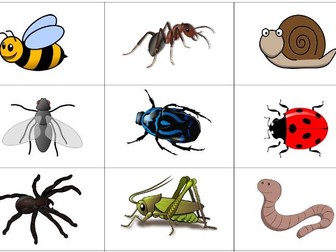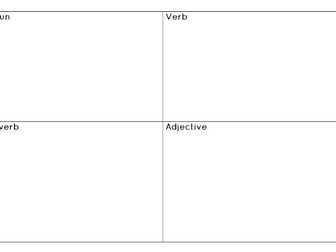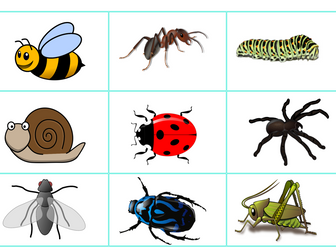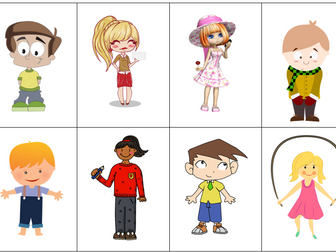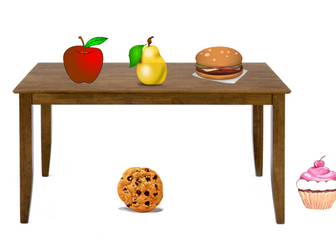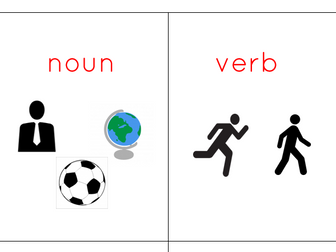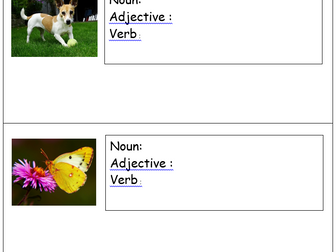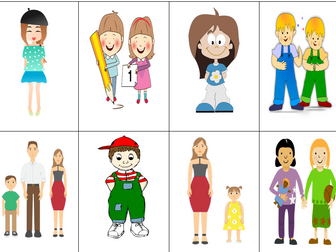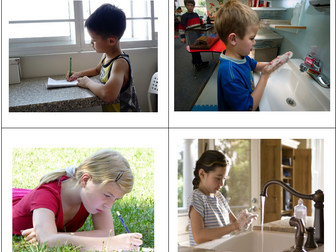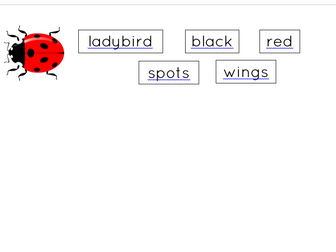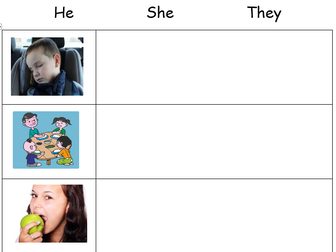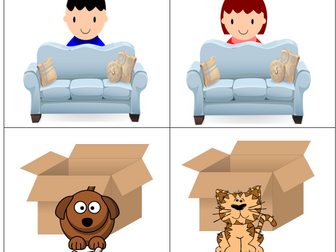In, On or Under Sorting Activity
<p>This activity is great for supporting the teaching of prepositions in, on and under. Many children struggle with the concepts of preposition and I always begin with in, on and under, ensuring that they are confident with these before moving on. It is often a speech and language target given by speech therapists and sometimes needs a lot of practise before children become confident. When using this activity I always encourage the children to practise sentence building using the prepositions so they can ultimately produce a sentence such as ‘The girl is in the brown box’ or ‘The grey rabbit is sitting on the chair.’</p>
